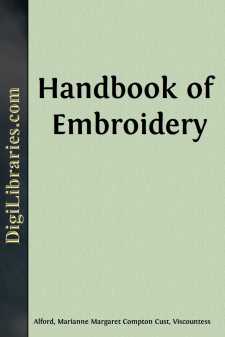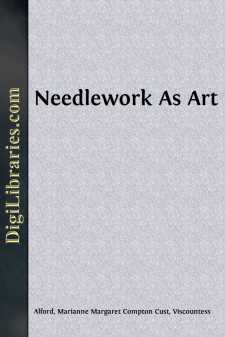Categories
- Antiques & Collectibles 13
- Architecture 36
- Art 48
- Bibles 22
- Biography & Autobiography 813
- Body, Mind & Spirit 142
- Business & Economics 28
- Children's Books 17
- Children's Fiction 14
- Computers 4
- Cooking 94
- Crafts & Hobbies 4
- Drama 346
- Education 46
- Family & Relationships 57
- Fiction 11829
- Games 19
- Gardening 17
- Health & Fitness 34
- History 1377
- House & Home 1
- Humor 147
- Juvenile Fiction 1873
- Juvenile Nonfiction 202
- Language Arts & Disciplines 88
- Law 16
- Literary Collections 686
- Literary Criticism 179
- Mathematics 13
- Medical 41
- Music 40
- Nature 179
- Non-Classifiable 1768
- Performing Arts 7
- Periodicals 1453
- Philosophy 64
- Photography 2
- Poetry 896
- Political Science 203
- Psychology 42
- Reference 154
- Religion 513
- Science 126
- Self-Help 84
- Social Science 81
- Sports & Recreation 34
- Study Aids 3
- Technology & Engineering 59
- Transportation 23
- Travel 463
- True Crime 29
Marianne Margaret Compton Cust Alford
Marianne Margaret Compton Cust Alford (1817–1888) was a British writer and art historian known for her contributions to Victorian art and culture. She wrote extensively on art and gardening, with her notable works including "Needlework as Art" (1886) and "The Decorative Arts of the Nineteenth Century" (1859). Alford was deeply engaged in the promotion of the decorative arts and served as a prominent figure in cultural circles of her time. She was married to Viscount Alford, and after his death, became the Countess of Brownlow.
Author's Books:
Sort by:
PREFACE. In drawing up this little “Handbook of Embroidery” we do not pretend to give such complete technical directions as would enable a beginner in this beautiful art to teach herself; because learning without practical lessons must be incomplete, and can only lead to disappointment. We have sought, therefore, only to respond to the inquiries we are constantly receiving, and to supply useful...
more...
PREFACE. In the Preface to the “Handbook of Art Needlework,” which I edited for the Royal School at South Kensington in 1880, I undertook to write a second part, to be devoted to design, colour, and the common-sense modes of treating decorative art, as applied especially to embroidered hangings, furniture, dress, and the smaller objects of luxury. Circumstances have, since then, obliged me to...
more...



